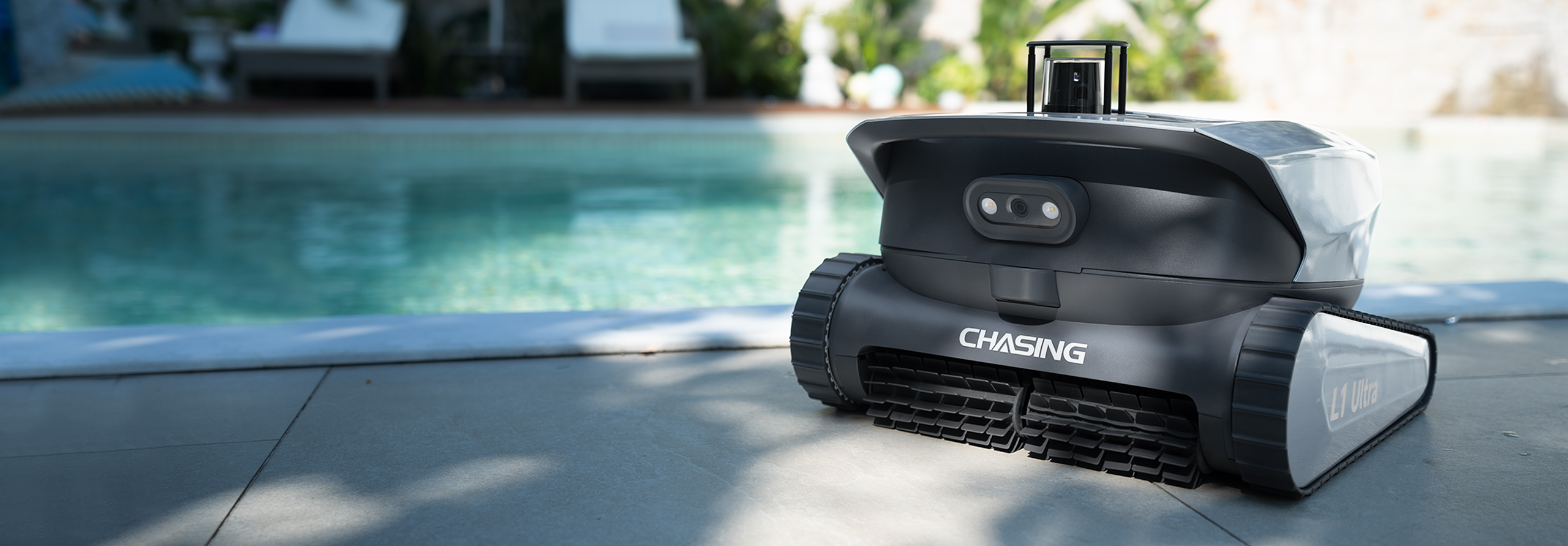Poolmate is widely recognized in the industry.
Voice from media & magazine.

CHASING L1 ULTRA
The World‘s First Dual-intelligent Pool Cleaner
Preorder Starts November 15,2025
/Robotic Pool Cleaner- Acccessories
Sign Up Newsletter
Subscribe to get extra $20 off now!
Products
Basic Info
Support
Policy
Events
Contact Us
Copyright © 2025 CHASING TECHNOLOGY (USA), LLC. All rights reserved.
